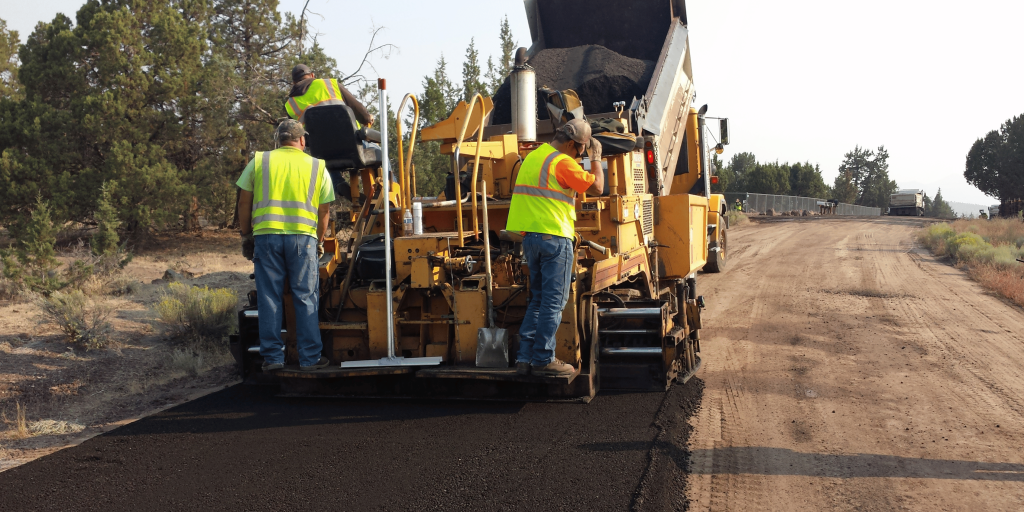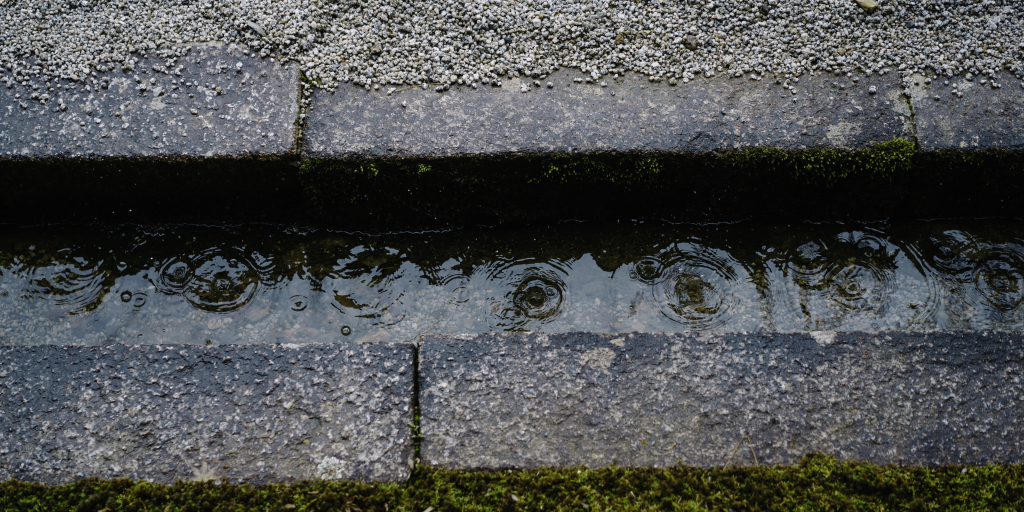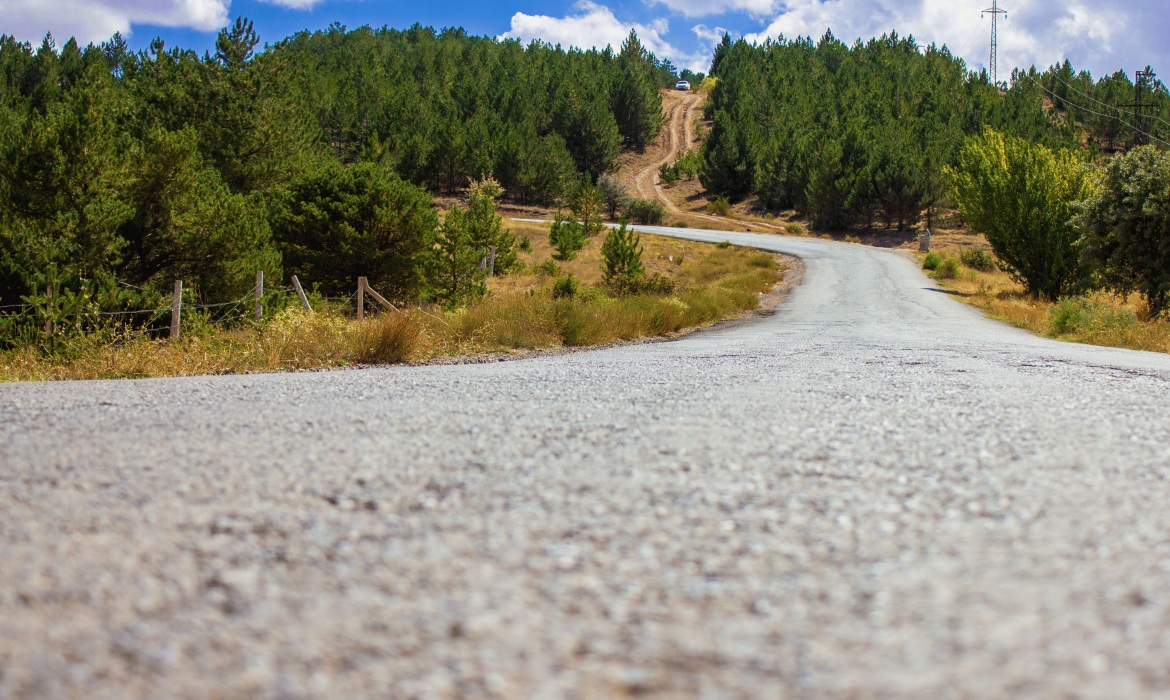Asphalt is a popular paving material that is durable, smooth and cheap. It is typically used for driveways, roads and parking lots. One of the questions that often come up is whether you can lay asphalt over gravel. The answer is complex, and knowing the process will enable you to make smart decisions on your paving project.
Understanding the Basics
What is Asphalt?
Asphalt is a tacky, black, and extremely viscous liquid or semi-solid state of petroleum. It is used in road construction because of its superior binding properties and ability to produce a smooth durable surface. Asphalt pavements are usually made up of mineral aggregate held together by asphalt, in layers, and compacted.
What is Gravel?
Gravel is an unconsolidated assemblage of rock fragments usually found in particles of size 2 mm to 64 mm. It is commonly used as paving base material because of its excellent drainage and stability.
Can You Put Asphalt Over Gravel?
Yes, you can lay asphalt over gravel, but there are certain conditions and procedures that have to be followed to have a good and long-lasting pavement. Laying asphalt over an existing gravel surface without preparation can cause problems including cracking, potholes, and uneven surfaces.
Advantages of Asphalt over Gravel
1. Cost-Effectiveness: The use of an existing gravel base can save the overall cost of the project because there is no need to remove the gravel and bring new base material.
2. Improved Drainage: Gravel offers great drainage, which can prevent accumulation of water under the asphalt layer.
3. Environmental Considerations: Recycling of existing materials is more environmentally friendly because it saves on new raw materials and waste is minimized.

Challenges and Considerations
1. Proper Preparation: The preparation is the key to successful asphalt on gravel. The gravel base needs to be levelled and compacted to avoid future problems.
2. Thickness of Layers: Both gravel base and asphalt layers should be thick enough to bear the expected load and traffic.
3. Adhesion: Proper adhesion between the asphalt and the gravel base must be achieved to avoid delamination and other problems.
How to Put Asphalt on Gravel
1. Evaluate the Existing Gravel Base
Before going ahead, it is important to evaluate the condition of the existing gravel base. Search for signs of erosion, unevenness, or instability. The gravel should be clean, free from debris and well compacted.
2. Level and Compact the Gravel
Leveling: Use a mechanical grader to level the gravel surface evenly. All high or low spots should be corrected.
Compaction: Plate compact gravel or roll it. Appropriate compaction is essential to ensure a solid foundation of the asphalt. Target a density not less than 95% of the maximum dry density.
3. Install a Geotextile Fabric (Optional)
In certain instances, the installation of a geotextile fabric between the gravel and the asphalt can be used to avoid the intermixing of the materials and extend the life of the pavement. This step is optional but it can be useful in some cases.
4. Prepare the Asphalt Mixture
The asphalt mixture should be designed according to the particular needs of your project. It generally includes asphalt binder and aggregate. The correct combination will guarantee good adhesion and longevity.
5. Lay the Asphalt Layers
Base Layer: Put first layer of asphalt which is the base layer. This layer should be of sufficient thickness to give structural support.
Surface Layer: Apply the last surface of asphalt. This layer should have a smooth and even surface giving the desired finish for the pavement.
6. Compact the Asphalt
After laying each layer of asphalt, the layer has to be compacted by means of a roller. Proper compaction makes the asphalt dense without air pockets which can cause early deterioration.
7. Allow for Curing
After the asphalt is laid and compacted, it requires time to cure. This process makes the asphalt harden and develop its full strength. On this occasion, refrain from heavy traffic on the new pavement.
Common Mistakes to Avoid
1. Inadequate Preparation: Overlooking or hurrying the preparation of the gravel base can result in serious problems later.
2. Insufficient Compaction: Improper compaction of the gravel and asphalt layers can lead to a weak pavement that is likely to crack and form potholes.
3. Improper Thickness: The structural integrity of the pavement can be compromised if asphalt layers are too thin.
4. Ignoring Drainage: Make sure that the area has proper drainage to avoid water accumulation under the asphalt.

Maintenance and Longevity
A well-laid asphalt over gravel will last many years with little maintenance.
Regular maintenance tasks include:
Sealcoating: A seal coat applied every few years can prevent the asphalt from UV rays, oxidation, and water damage.
Crack Repair: Fix all the cracks immediately to avoid water infiltration and additional damage.
Cleaning: Clean the surface by removing debris, oil stains, and other contaminants.

